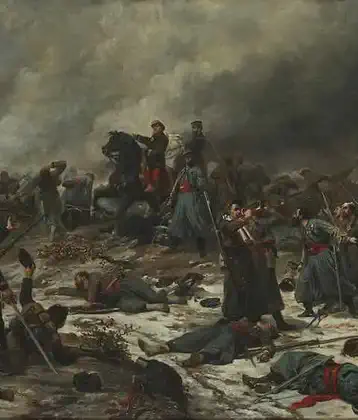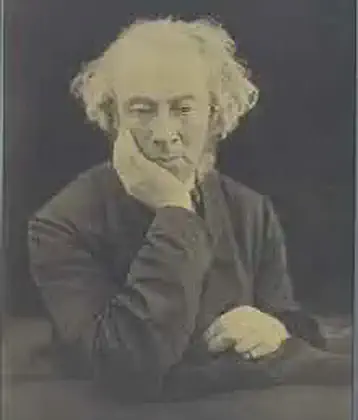On January 10, 1642 in Celtic History
King charles i and family flee london

King Charles I and his family fled London in 1642, which marked a significant event in the lead-up to the English Civil War. Here’s a brief overview:
Context
The English Civil War was a conflict that took place in the 17th century between the Royalists (supporters of King Charles I) and the Parliamentarians (supporters of the English Parliament).
Conflict with Parliament
Tensions had been growing between King Charles I and Parliament due to disputes over power, taxation, and religious issues.
Arrest of Five Members
In January 1642, King Charles attempted to arrest five leading members of Parliament, which further escalated tensions. This event is known as the “Five Members” incident.
Fleeing London
As the political and military situation deteriorated, King Charles I and his family left London in June 1642. This move was prompted by his desire to avoid confrontation with Parliament and to gather support in other parts of the country.
Beginning of the English Civil War
King Charles I’s departure from London marked the beginning of the English Civil War. The war officially commenced in August 1642 when the first major battle, the Battle of Edgehill, took place.
Civil War Consequences
The English Civil War resulted in a prolonged conflict between Royalists and Parliamentarians, with significant social, political, and economic consequences for England. It ultimately led to the temporary abolition of the monarchy and the establishment of the Commonwealth of England under Oliver Cromwell.
King Charles I’s flight from London was a pivotal moment in the events that led to the outbreak of the English Civil War, a conflict that had profound implications for the governance of England and the future of the monarchy.



